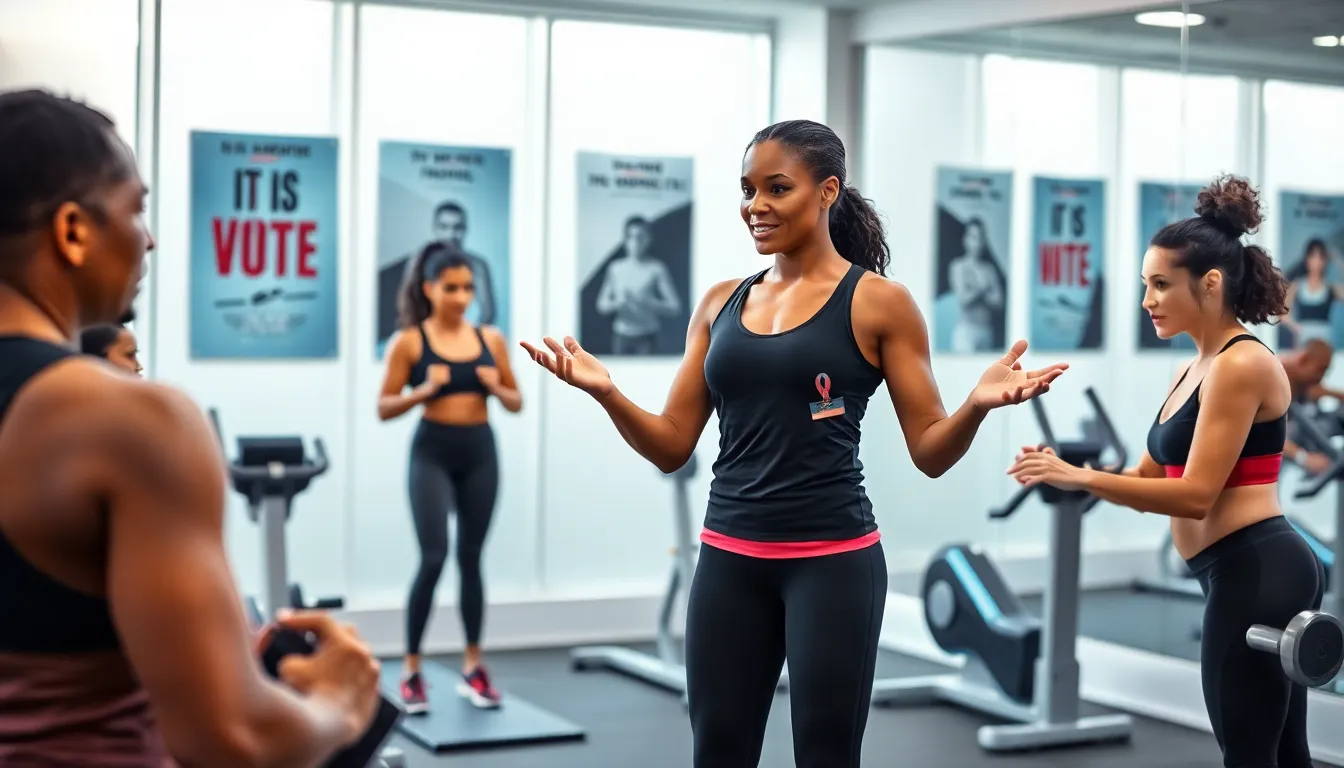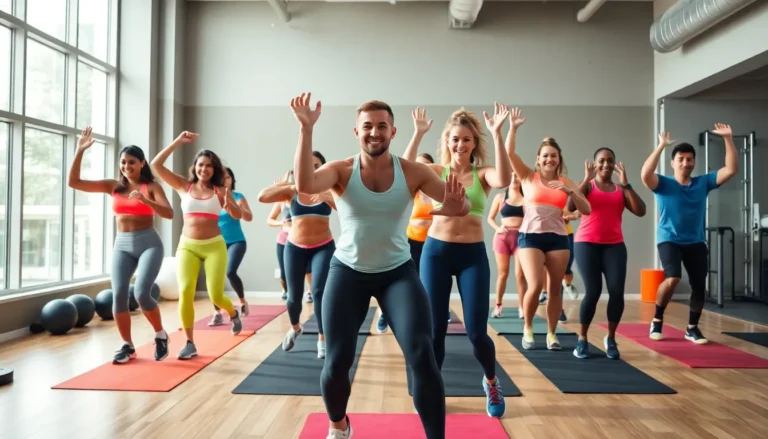Ever thought about how fitness instructors seem to have it all together? The secret isn’t just the six-pack abs or the high energy, they’re trained professionals skilled in guiding others to achieve their health goals. Fitness instructor training is more than just pumping iron: it’s about understanding anatomy, coaching techniques, and much more. Whether you’re dreaming of leading high-energy classes or coaching clients one-on-one, the right training can turn your passion into a fulfilling career. So grab your gym shoes and let’s jump into this guide, because getting fit isn’t just a workout: it’s a lifestyle.
Table of Contents
ToggleUnderstanding the Role of a Fitness Instructor

Key Responsibilities and Skills Required
Fitness instructors wear many hats in their profession. They design workout plans, provide motivation, and ensure clients use proper form to prevent injuries. Their main priority is to foster an environment that encourages health and wellness. Key skills include communication, patience, knowledge of exercise and nutrition, and the ability to adapt workouts to individual needs.
Approaches to Training and Coaching
Instructors use various approaches when training clients. Some adopt a motivational style, inspiring clients through positivity. Others focus on technical instruction, ensuring correct movements and safety. Whichever method they choose, effective instructors tailor their approach to meet the needs of each client, aligning with personal fitness goals.
Certifications and Qualifications
Top Certification Programs
Before stepping into a fitness studio, aspiring instructors often pursue certification. Leading programs like the American Council on Exercise (ACE), National Academy of Sports Medicine (NASM), and National Strength and Conditioning Association (NSCA) are reputable choices. These programs cover a range of topics from anatomy and physiology to client interaction, enabling instructors to teach confidently.
Choosing the Right Certification for You
Selecting the best certification can feel overwhelming. Prospective instructors should consider their career goals, preferred areas of specialization, and even the modalities they enjoy. For example, someone interested in yoga may pursue a different certification than someone keen on personal training. Research is vital to find the roadmap that aligns with one’s passion and aspirations.
Essential Components of Fitness Instructor Training
Nutrition Education
Nutrition often plays a crucial role in fitness. Many programs offer courses on nutrition education, helping instructors advise clients on proper dietary habits. A solid understanding of macronutrients, meal planning, and hydration can empower instructors to support their clients’ wellness journey effectively.
Exercise Science Fundamentals
Understanding the science behind exercise is vital. Courses typically cover topics such as biomechanics, kinesiology, and motor learning. This knowledge not only enhances the instructor’s ability to create safe and effective workouts but also supports their authority in the fitness environment.
Safety and Injury Prevention
Instructors must prioritize safety in every session. Training includes learning how to assess risks, recognize signs of potential injuries, and apply first-aid techniques if necessary. Knowing how to create a safe workout environment is essential for both the instructor and their clients.
Career Opportunities and Growth
Specializations Within the Fitness Industry
The fitness industry isn’t a one-size-fits-all environment. Instructors can specialize in various areas such as group fitness, personal training, youth fitness, or even rehabilitation exercise. Each specialization presents unique opportunities and challenges, allowing instructors to find their niche according to their interests and strengths.
Advancement Opportunities for Fitness Instructors
A career in fitness can evolve as much as the instructor desires. With experience, instructors can move into management roles, become program directors, or even start their own fitness studio. Continuous education through workshops and conferences can further support professional growth, ensuring instructors remain at the forefront of emerging fitness trends.





